的点评
Almost surreal landscape
Indian Wild Ass Sanctuary的点评
点评:India's largest wildlife sanctuary, the Wild Ass Sanctuary spreads across nearly 5,000 sq km. The expanse of it and the hostility of the flat, arid terrain makes it difficult to monitor, so while the forest department does have control of the sanctuary and they have set up mounds (to allow birds to nest when the area is otherwise submerged) and erected markers, there are no roads, no signposts, no toilets even once you're through the gate, at Bajana. Bajana has a very rudimentary and dirty toilet block, but that's all there is.
We went on a morning jeep safari here, setting off from our resort at 6:45 am, driving about 45 minutes to Bajana Gate, and then driving through the sanctuary till about 11 am, before heading back. We saw dozens of birds, including flamingos, common crane, various species of geese, ibis, heron, egret, cormorant, and several smaller birds, such as the swifts, martins and crested larks that keep flying overhead.
The highlight is of course the Indian wild ass, of which we saw several, all in pairs or trios.
We were also taken to the salt pans here, where a handful of local families, on land leased from the government, manufacture salt - 70% of India's salt production comes from the Rann of Kutch.
Very interesting, informative drive. The birds and wild asses are amazing, of course, but so is the entire ecosystem, the dauntingly beautiful Rann.
We went on a morning jeep safari here, setting off from our resort at 6:45 am, driving about 45 minutes to Bajana Gate, and then driving through the sanctuary till about 11 am, before heading back. We saw dozens of birds, including flamingos, common crane, various species of geese, ibis, heron, egret, cormorant, and several smaller birds, such as the swifts, martins and crested larks that keep flying overhead.
The highlight is of course the Indian wild ass, of which we saw several, all in pairs or trios.
We were also taken to the salt pans here, where a handful of local families, on land leased from the government, manufacture salt - 70% of India's salt production comes from the Rann of Kutch.
Very interesting, informative drive. The birds and wild asses are amazing, of course, but so is the entire ecosystem, the dauntingly beautiful Rann.
翻译:野驴保护区是印度最大的野生动物保护区,占地近 5,000 平方公里。它的广阔和平坦、干旱地形的敌意使得监测变得困难,因此,虽然森林部门确实控制了保护区,并且他们建立了土丘(以便在该地区被淹没时允许鸟类筑巢)和在巴哈纳,即使你穿过大门,也没有竖立的标记,没有道路,没有路标,也没有厕所。巴哈纳有一个非常简陋和肮脏的厕所,但仅此而已。
我们在这里进行了一次早晨的吉普车探险,早上 6:45 从我们的度假村出发,开车约 45 分钟到达巴哈纳门 (Bajana Gate),然后开车穿过保护区,直到上午 11 点左右,然后返回。我们看到了数十种鸟类,包括火烈鸟、鹤、各种鹅、朱鹮、苍鹭、白鹭、鸬鹚,以及一些较小的鸟类,例如不断在头顶飞过的雨燕、马丁鸟和凤头百灵。
亮点当然是印度野驴,我们看到了好几只,都是成对或三人一组。
我们还被带到了这里的盐田,那里有一些当地家庭在政府租用的土地上生产盐——印度 70% 的盐产量来自卡奇牧场。
非常有趣、信息丰富的驾驶。当然,鸟类和野驴令人惊叹,但整个生态系统、美丽得令人畏惧的兰恩也同样令人惊叹。
我们在这里进行了一次早晨的吉普车探险,早上 6:45 从我们的度假村出发,开车约 45 分钟到达巴哈纳门 (Bajana Gate),然后开车穿过保护区,直到上午 11 点左右,然后返回。我们看到了数十种鸟类,包括火烈鸟、鹤、各种鹅、朱鹮、苍鹭、白鹭、鸬鹚,以及一些较小的鸟类,例如不断在头顶飞过的雨燕、马丁鸟和凤头百灵。
亮点当然是印度野驴,我们看到了好几只,都是成对或三人一组。
我们还被带到了这里的盐田,那里有一些当地家庭在政府租用的土地上生产盐——印度 70% 的盐产量来自卡奇牧场。
非常有趣、信息丰富的驾驶。当然,鸟类和野驴令人惊叹,但整个生态系统、美丽得令人畏惧的兰恩也同样令人惊叹。


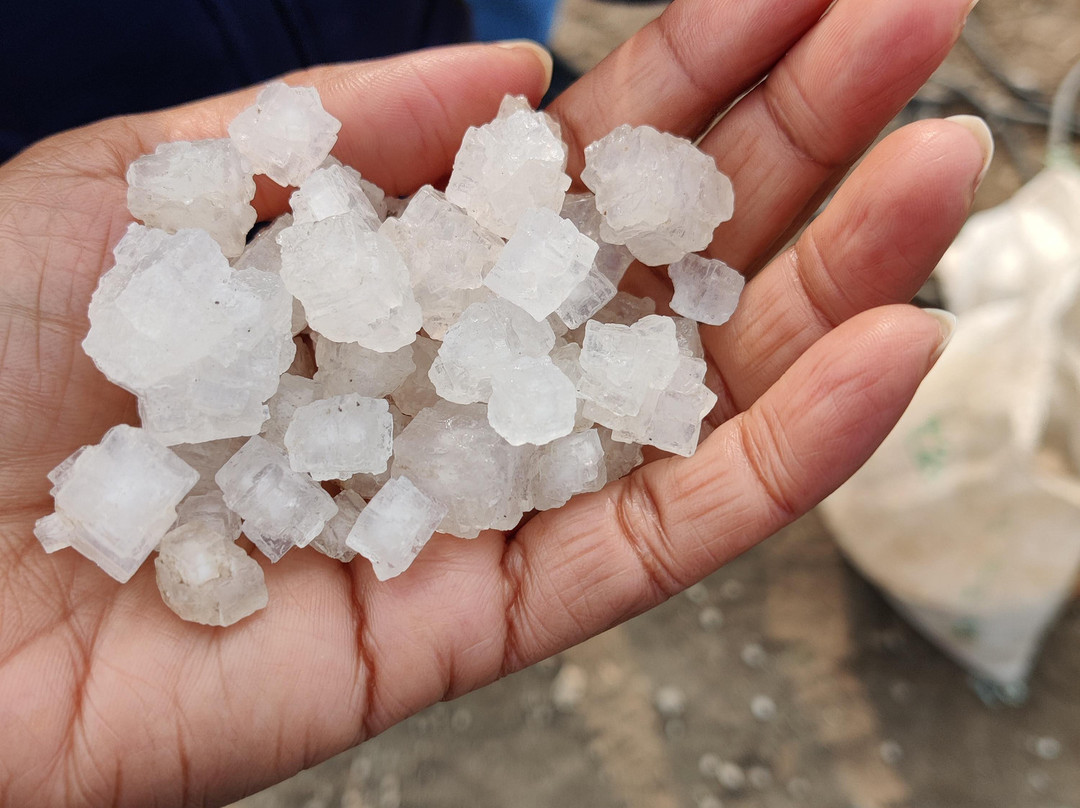
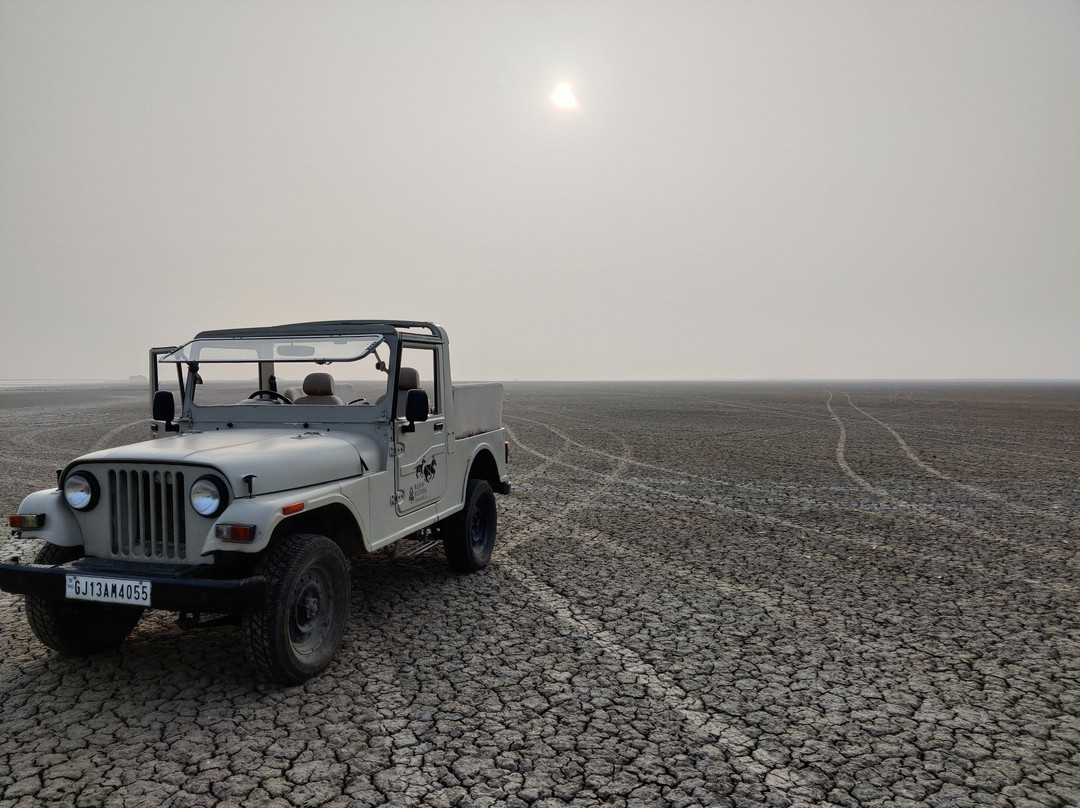
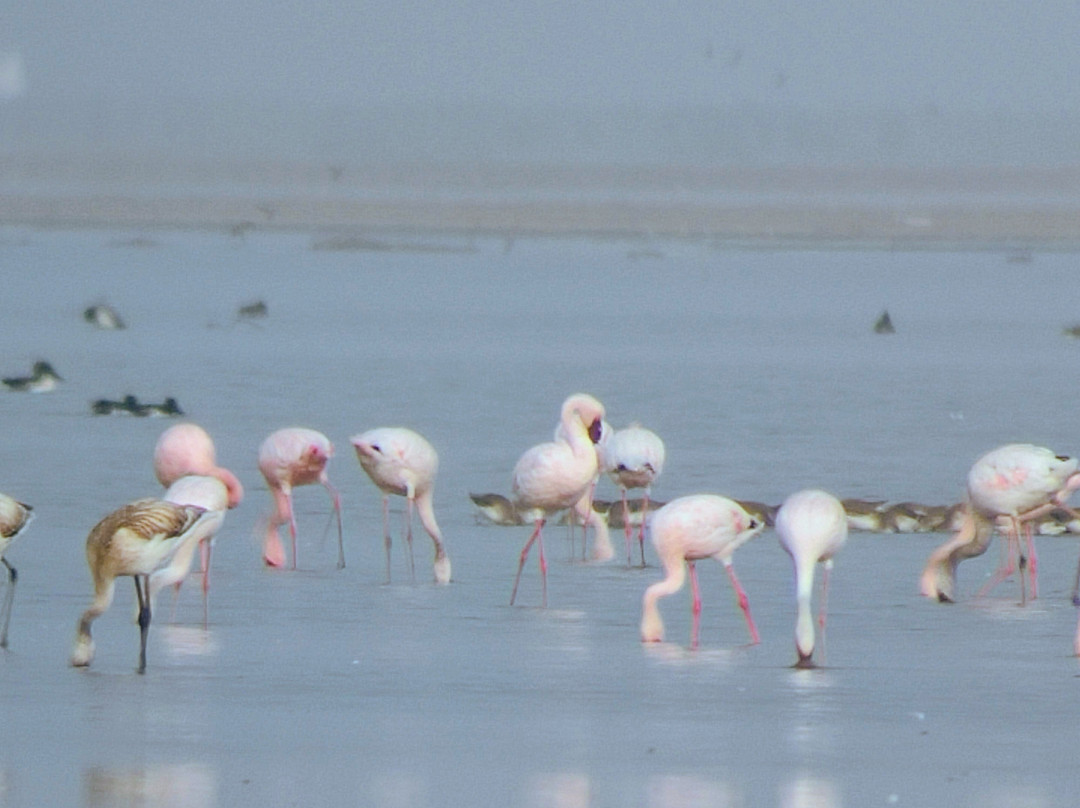
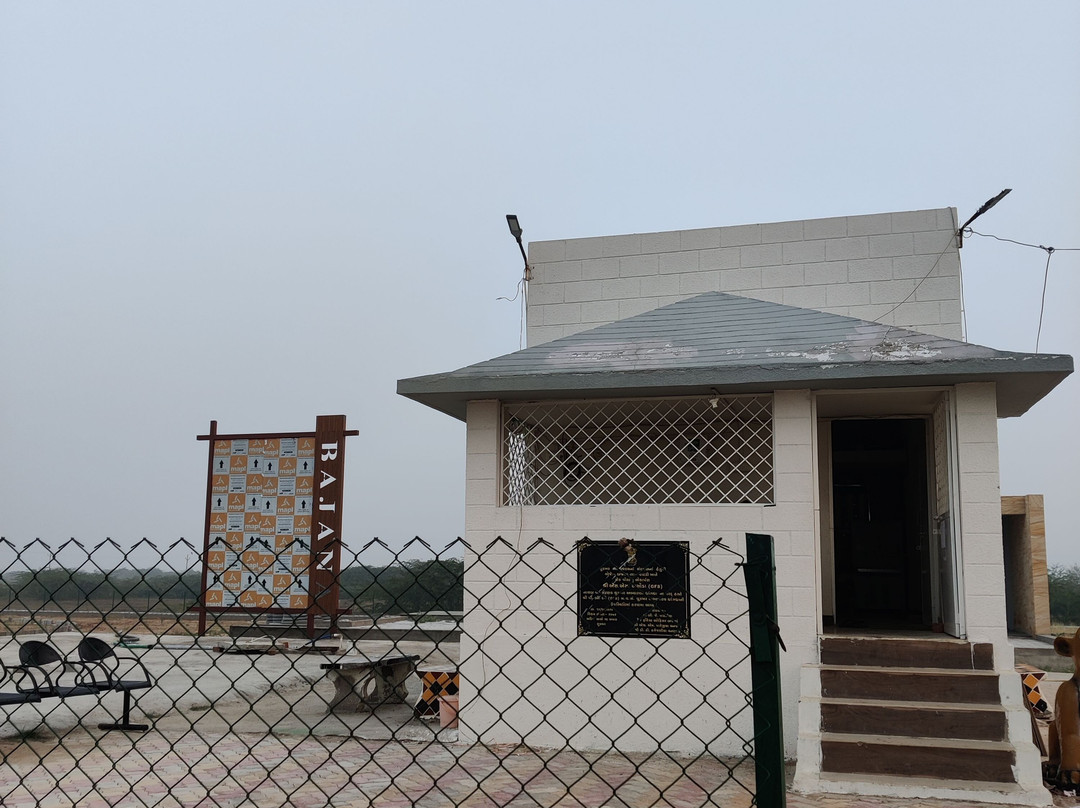
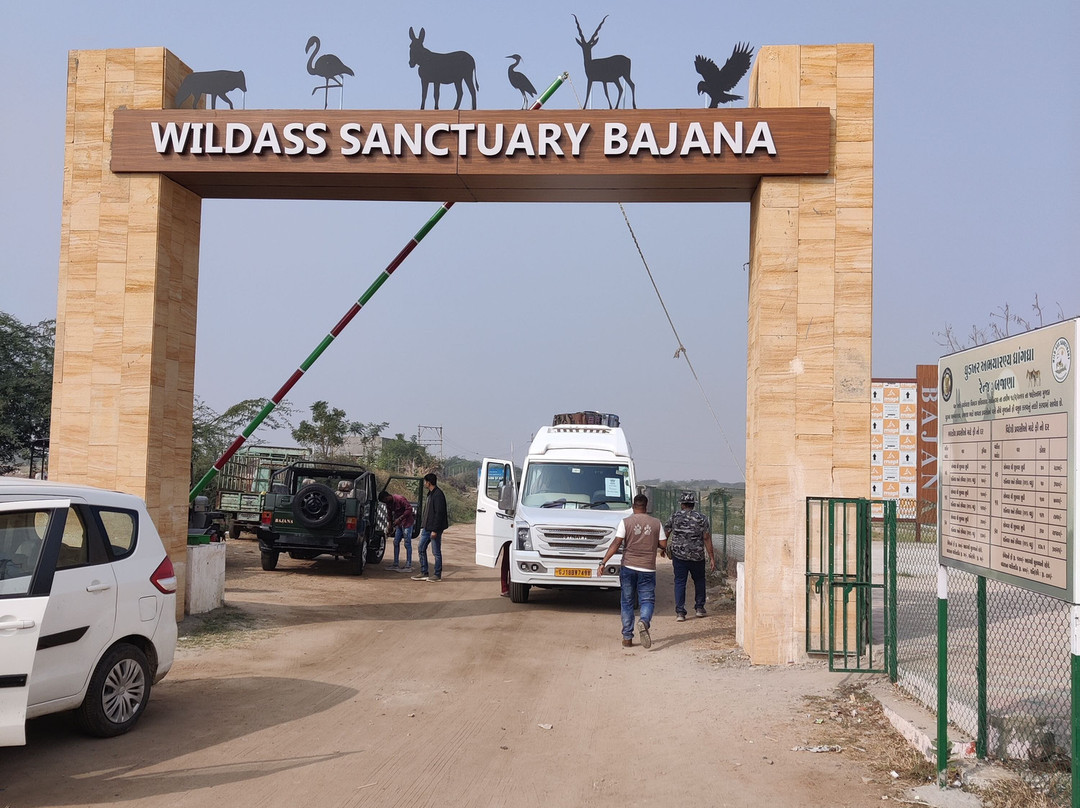
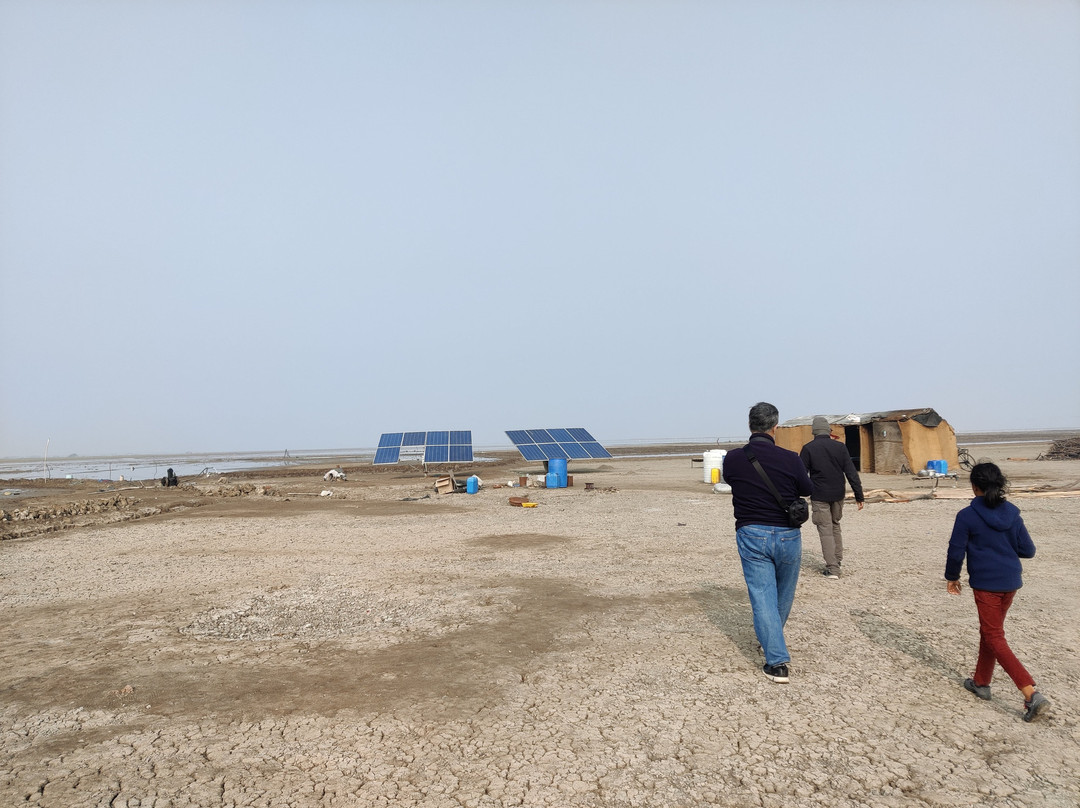
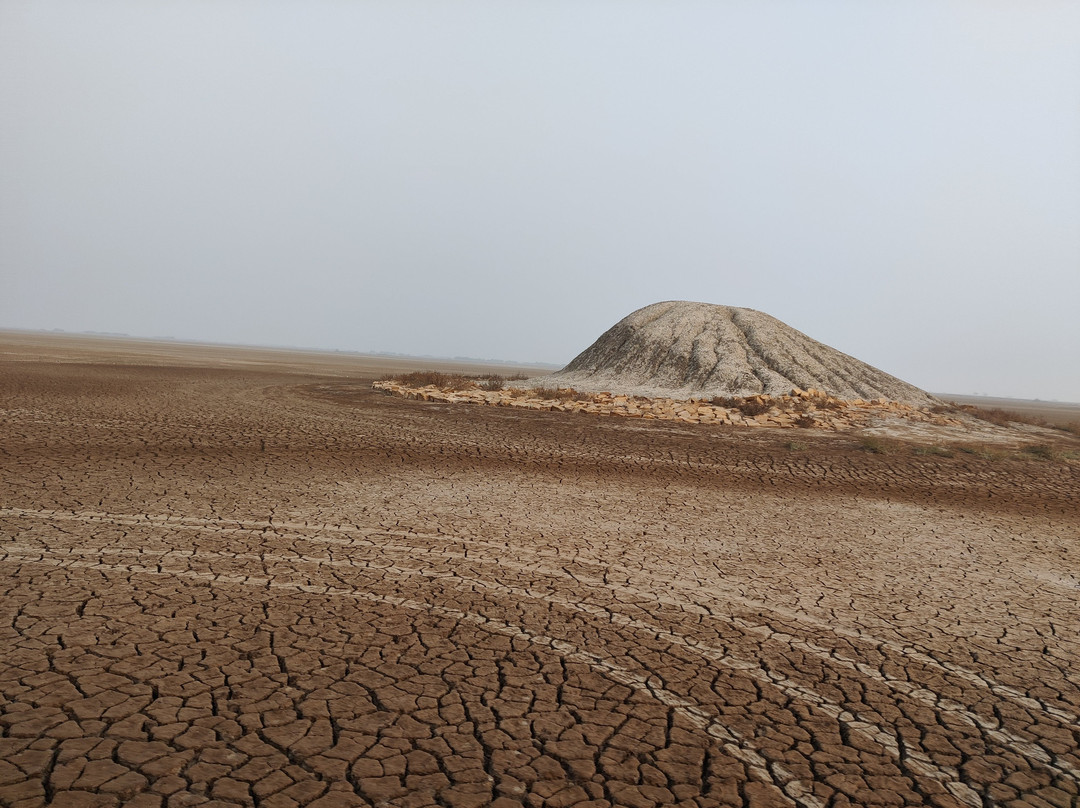
此点评仅代表旅行者个人的主观意见,并不代表TripAdvisor以及其合作方的意见。
关于我们
|
新闻动态
|
商务合作
|
会员中心
|
业主中心
|
业主通
|
常见问题
|
意见反馈
|
联系我们
|
营业执照
© 2025 Tripadvisor 版权所有。
使用条款 |隐私政策 |网站工作原理
部分照片由 VFM Leonardo 提供。
* Tripadvisor不是旅行社,也不是旅游预订服务代理商。我们提供免费、客观、公正的旅游资讯服务。 (显示更多)
TripAdvisor LLC 既不是预订代理商,也不是旅游运营商,不会向网站用户收取任何服务费。 按照规定,在 Tripadvisor 发布机票价格、游览和旅行套餐的合作伙伴(航空公司、旅行提供商及预订代理商),其标价须包含所有费用和附加费用。 例如, 机场出入境税费、消费税与其他服务费、手续费、杂费及附加费用。 当您向我们的某个合作伙伴进行预订时,请务必查阅他们的网站以了解当地行政部门要求的所有适用费用的具体情况。 除非另有说明,机票价格通常指的是一个人的价格(以人民币计)。
为方便起见,TripAdvisor LLC 根据从我们的预订合作伙伴获取的空房率计算每个酒店的均价。 对于游览和景点来说,所显示价格通常是每位成人的最低可用价格。 对于列出的任何旅行套餐或优惠,TripAdvisor LLC 无法保证任何特定的费率或价格。 此外,酒店均价每晚会更新,并以您的首选币种表示(使用现行汇率)。 由于这些已换算的价格是预估价格,因此,有关具体金额和币种请与预订网站进行核实。
此外,TripAdvisor LLC 无法保证我们网站上宣传的价格随时有效。 标价可能需要预订一定天数才能生效,或有不可用日期、使用条件或限制。
TripAdvisor公司对外部网站的内容一概不负责。优惠价格中不含税和其他费用。
ICP证:沪B2-20200433
沪ICP备20013175号
 沪公网安备31010502005427号
沪公网安备31010502005427号鹰程信息技术(上海)有限公司
货币/国家及地区
¥CNY
中国

